Maximo Migration and Management Services

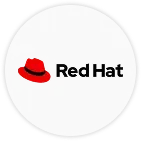
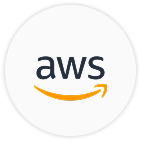
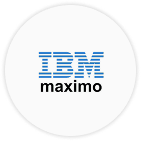
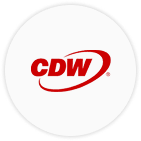
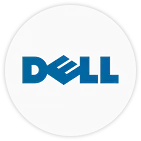
Cost-Effective Migration to Maximo Application Suite (MAS) on OpenShift
IBM has ended support for Maximo Asset Management 7.6.1.x and related add-ons. Upgrading to Maximo Application Suite (MAS) is now essential, but it doesn’t have to be complex. Focus on data, operations, and security, then choose the deployment model that fits:
- IBM Maximo SaaS (multi-tenant public cloud)- A hosting provider running Maximo on OpenShift
- OpenShift in a public cloud
- OpenShift in your data centers
- A hybrid on-prem/cloud mix
With Maximo 8 on OpenShift, MAS with OpenShift is a popular path to cloud-native capabilities. Whether in the public cloud or on-prem, a well-executed migration improves performance and scalability. Bottom line: pick the right model; OpenShift, hybrid, or SaaS and evaluate total cost to move to MAS while keeping control of your infrastructure and spend.

By partnering with PodOps℠, organizations can optimize their containerized environments and focus on driving innovation and business success before they have acquired containerization SMEs.
Everything you need to know about migrating IBM Maximo to OpenShift
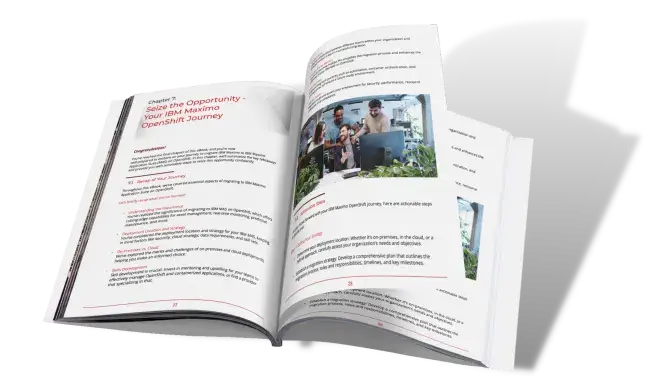
-
On-Premise vs The Cloud:
Understanding the merits, challenges, and intricacies of both options is essential for making an informed decision aligned with your organization’s goals and requirements. -
Understanding the Importance of IBM Maximo:
Realize the significance of migrating to IBM MAS on OpenShift, which offers cutting-edge capabilities for asset management, real-time monitoring, predictive maintenance, and more. -
The Skills Needed to Build and Operate OpenShift:
To fully leverage these IBM Maximo on OpenShift, find out how your organization must invest in the knowledge, skills and people. -
Choosing Your Deployment Strategy:
Consider the deployment location and strategy for your IBM MAS, keeping in mind factors like security, cloud strategy, data requirements, and skill sets.
The Time for Action is NOW
Today’s challenges and opportunities require immediate, strategic decisions. Any delay could lead to missed opportunities and more complicated issues down the line. Choosing the right solution at the right time is crucial, and Crossvale™ is here to guide you every step of the way.
Book a discovery session to explore how Crossvale™ can help you achieve the best possible outcomes.


Crossvale is an award-winning IT solutions provider and trusted member of vendor advisory committees, driving automation and commercial growth.
Crossvale and Red Hat Forge Strategic Partnership for OpenShift Adoption and App Modernization
In an innovative collaboration driving containerization and app modernization, Crossvale and Red Hat have united forces to support businesses leveraging Red Hat OpenShift. Central to this partnership is the integration of Crossvale’s PodOps Managed Platform Engineering Service, enhancing OpenShift deployments for greater agility, efficiency, and innovation.
"Crossvale not only ensured a seamless transition to OpenShift but also brought accelerators that saved us valuable time and resources."
Why should I upgrade from IBM Maximo 7.x to MAS?
IBM has announced the end of support for IBM Maximo 7.6.1.x, making it essential to upgrade for continued product support, security updates, and new features. Upgrading Maximo to MAS also provides enhanced integration, scalability, and cloud-based options for asset management.
How much does IBM Maximo cost?
IBM Maximo pricing varies based on factors such as deployment (cloud or on-premise), number of users, and add-ons. Contact us for a detailed quote on IBM Maximo software pricing tailored to your specific needs.
What are the deployment options for IBM Maximo on OpenShift?
You can deploy IBM Maximo on OpenShift in multiple ways:
- Maximo SaaS on a multi-tenant public cloud
- Hosted on OpenShift in the public cloud
- Run Maximo in an OpenShift environment within your existing data centers
- A hybrid deployment combining on-premise and cloud hosting
What is the cost of migrating Maximo to OpenShift?
The cost of Maximo OpenShift migration depends on factors such as data volume, migration complexity, and whether you opt for a public cloud or private data center deployment. Get in touch or book a discovery session for a customised migration cost estimate.
What is the difference between Maximo 7.x and Maximo Application Suite (MAS)?
Maximo 7 is the previous version of IBM’s enterprise asset management software, while Maximo Application Suite (MAS) introduces cloud-native capabilities, seamless integration with Red Hat OpenShift, and enhanced performance for managing complex asset operations.
How long does it take to migrate to Maximo Application Suite?
The timeline for Maximo upgrades to MAS varies based on factors like data complexity, current infrastructure, and the deployment strategy (cloud, on-premise, or hybrid). A typical Maximo migration can take several weeks to a few months, depending on these variables.
How do I get started with a Maximo OpenShift migration?
To begin your Maximo OpenShift migration, begin by evaluating your current deployment, setting clear objectives, and selecting the optimal hosting strategy for your requirements. Crossvale’s experts are here to guide you through the migration process, ensuring a seamless transition to Maximo Application Suite on OpenShift.
How do I get started with PodOps (Managed OpenShift)?
To get started with PodOps, simply contact Crossvale to schedule a demo or consultation. Their team will help you set up your Kubernetes infrastructure and tailor to your specific needs and cloud environment.
Let’s grab a virtual coffee ☕️
Crossvale and Red Hat may use your personal data to inform you about their products, services, and events. Please see: Red Hat’s Privacy Statement | Crossvale’s privacy policy.